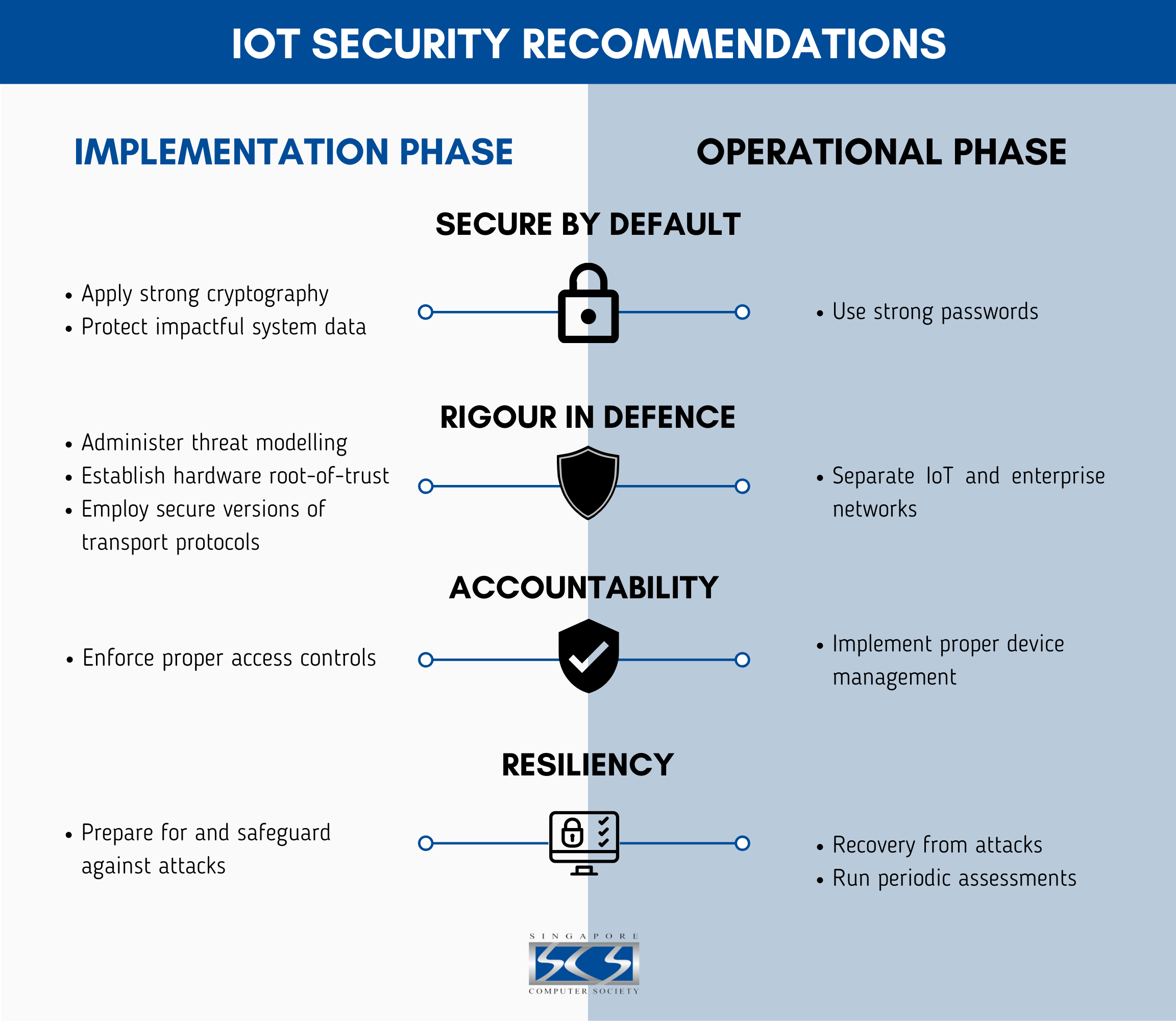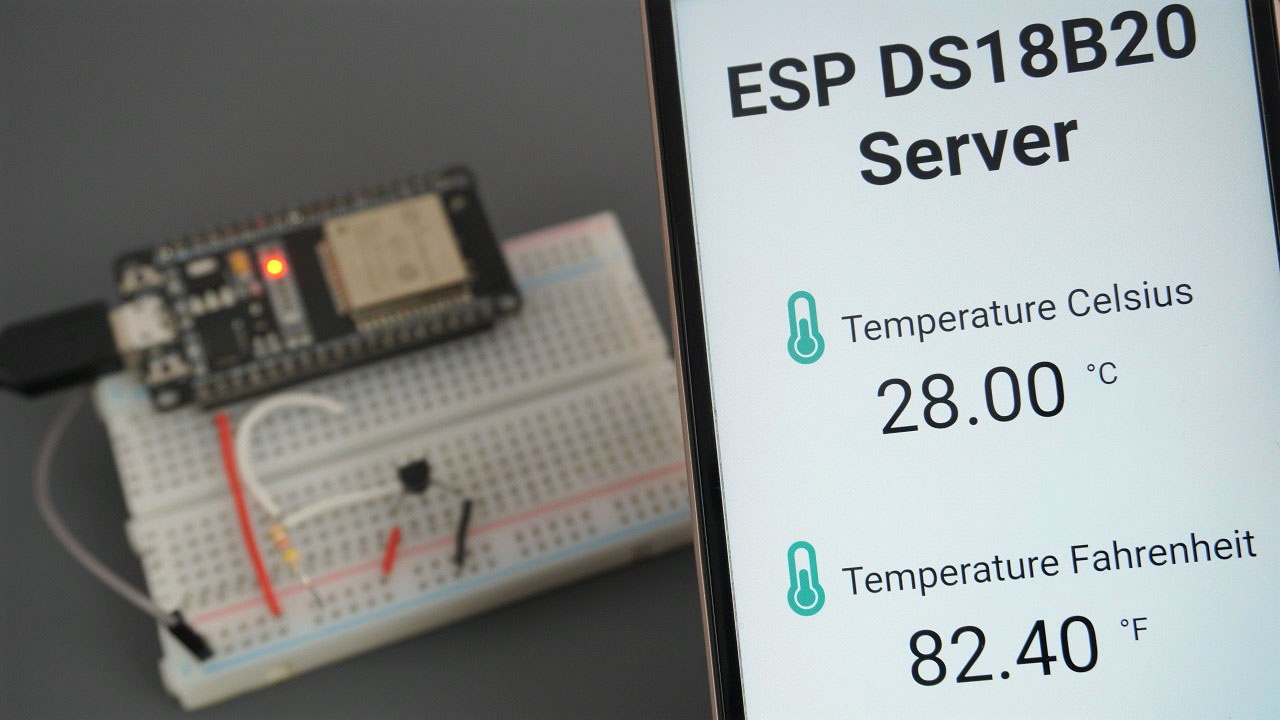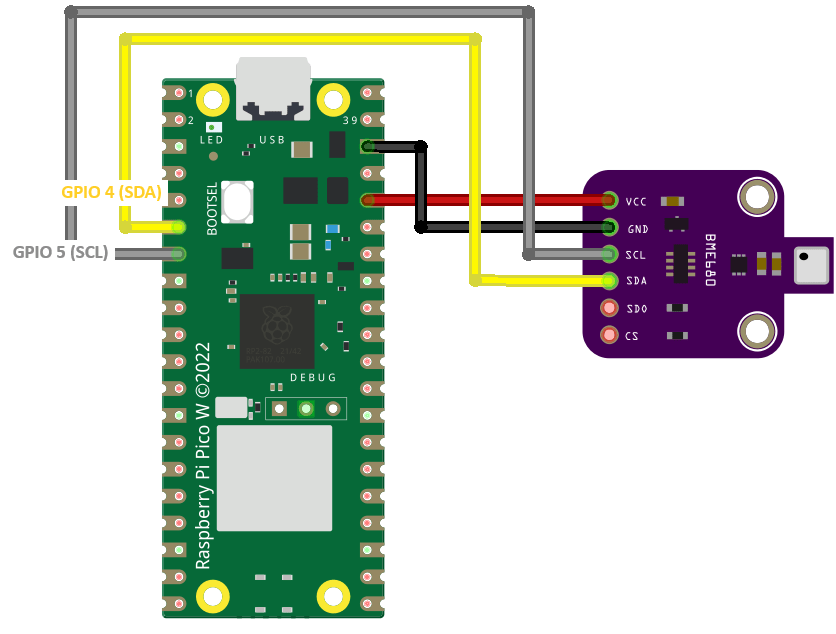How to monitor air quality with SDS011 sensor?
In today’s world, air pollution is a major concern that affects the health and well-being of individuals everywhere. Monitoring air quality is crucial in order to take the necessary steps to mitigate its effects. One effective way to monitor air quality is by using an SDS011 sensor, a low-cost device that can measure the concentration of harmful particles in the air. In this article, we will discuss how to set up and use an SDS011 sensor to monitor air quality in your environment.
What is an SDS011 sensor?
The SDS011 sensor is a compact and lightweight device that uses laser scattering technology to accurately measure the concentration of particulate matter in the air. It is capable of detecting particles with a diameter of 2.5 micrometers or less, which are known to be harmful to human health when inhaled. The sensor provides real-time data on air quality, making it a valuable tool for monitoring pollution levels in indoor and outdoor environments.
Setting up the SDS011 sensor
To set up an SDS011 sensor, you will need the following components:
- SDS011 sensor
- USB-TTL adapter
- Jumper wires
- Computer with Arduino IDE software
Follow these steps to set up the sensor:
- Connect the SDS011 sensor to the USB-TTL adapter using jumper wires.
- Connect the USB-TTL adapter to your computer using a USB cable.
- Download and install the Arduino IDE software on your computer.
- Open the Arduino IDE and load the SDS011 sensor code.
- Upload the code to the sensor.
Once the sensor is set up, you can start monitoring air quality in your environment.
Using the SDS011 sensor
To use the SDS011 sensor, place it in the desired location where you want to monitor air quality. The sensor will continuously measure the concentration of particulate matter in the air and provide real-time data on pollution levels. You can view the data on your computer or mobile device using the Arduino IDE software or a dedicated air quality monitoring app.
Interpreting the data
Once you have collected data using the SDS011 sensor, you can interpret the results to understand the air quality in your environment. The sensor provides information on the concentration of particles in the air, classified as PM2.5 and PM10. PM2.5 refers to particles with a diameter of 2.5 micrometers or less, while PM10 refers to particles with a diameter of 10 micrometers or less. High concentrations of these particles can have negative effects on health, so it is important to monitor air quality regularly.
Benefits of using an SDS011 sensor
There are several benefits to using an SDS011 sensor for air quality monitoring. Some of these include:
- Low cost: The SDS011 sensor is an affordable option for monitoring air quality.
- Easy to use: The sensor is easy to set up and provides real-time data on pollution levels.
- Compact and lightweight: The sensor can be easily placed in various locations to monitor air quality.
- Data logging: The sensor allows you to log data over time and track changes in air quality.
By using an SDS011 sensor, you can take proactive steps to improve air quality in your environment and protect your health.
Conclusion
Monitoring air quality is essential for maintaining a healthy environment and preventing the negative effects of air pollution. With an SDS011 sensor, you can easily measure the concentration of harmful particles in the air and take appropriate action to improve air quality. By following the steps outlined in this article, you can set up and use an SDS011 sensor to monitor air quality in your home, office, or any other indoor or outdoor environment. Stay informed about air quality in your surroundings and make informed decisions to protect your health and well-being.
How to monitor air quality with SDS011 sensor?
In today’s world, air pollution is a major concern that affects the health and well-being of individuals everywhere. Monitoring air quality is crucial in order to take the necessary steps to mitigate its effects. One effective way to monitor air quality is by using an SDS011 sensor, a low-cost device that can measure the concentration of harmful particles in the air. In this article, we will discuss how to set up and use an SDS011 sensor to monitor air quality in your environment.
What is an SDS011 sensor?
The SDS011 sensor is a compact and lightweight device that uses laser scattering technology to accurately measure the concentration of particulate matter in the air. It is capable of detecting particles with a diameter of 2.5 micrometers or less, which are known to be harmful to human health when inhaled. The sensor provides real-time data on air quality, making it a valuable tool for monitoring pollution levels in indoor and outdoor environments.
Setting up the SDS011 sensor
To set up an SDS011 sensor, you will need the following components:
- SDS011 sensor
- USB-TTL adapter
- Jumper wires
- Computer with Arduino IDE software
Follow these steps to set up the sensor:
- Connect the SDS011 sensor to the USB-TTL adapter using jumper wires.
- Connect the USB-TTL adapter to your computer using a USB cable.
- Download and install the Arduino IDE software on your computer.
- Open the Arduino IDE and load the SDS011 sensor code.
- Upload the code to the sensor.
Once the sensor is set up, you can start monitoring air quality in your environment.
Using the SDS011 sensor
To use the SDS011 sensor, place it in the desired location where you want to monitor air quality. The sensor will continuously measure the concentration of particulate matter in the air and provide real-time data on pollution levels. You can view the data on your computer or mobile device using the Arduino IDE software or a dedicated air quality monitoring app.
Interpreting the data
Once you have collected data using the SDS011 sensor, you can interpret the results to understand the air quality in your environment. The sensor provides information on the concentration of particles in the air, classified as PM2.5 and PM10. PM2.5 refers to particles with a diameter of 2.5 micrometers or less, while PM10 refers to particles with a diameter of 10 micrometers or less. High concentrations of these particles can have negative effects on health, so it is important to monitor air quality regularly.
Benefits of using an SDS011 sensor
There are several benefits to using an SDS011 sensor for air quality monitoring. Some of these include:
- Low cost: The SDS011 sensor is an affordable option for monitoring air quality.
- Easy to use: The sensor is easy to set up and provides real-time data on pollution levels.
- Compact and lightweight: The sensor can be easily placed in various locations to monitor air quality.
- Data logging: The sensor allows you to log data over time and track changes in air quality.
By using an SDS011 sensor, you can take proactive steps to improve air quality in your environment and protect your health.
Conclusion
Monitoring air quality is essential for maintaining a healthy environment and preventing the negative effects of air pollution. With an SDS011 sensor, you can easily measure the concentration of harmful particles in the air and take appropriate action to improve air quality. By following the steps outlined in this article, you can set up and use an SDS011 sensor to monitor air quality in your home, office, or any other indoor or outdoor environment. Stay informed about air quality in your surroundings and make informed decisions to protect your health and well-being.



